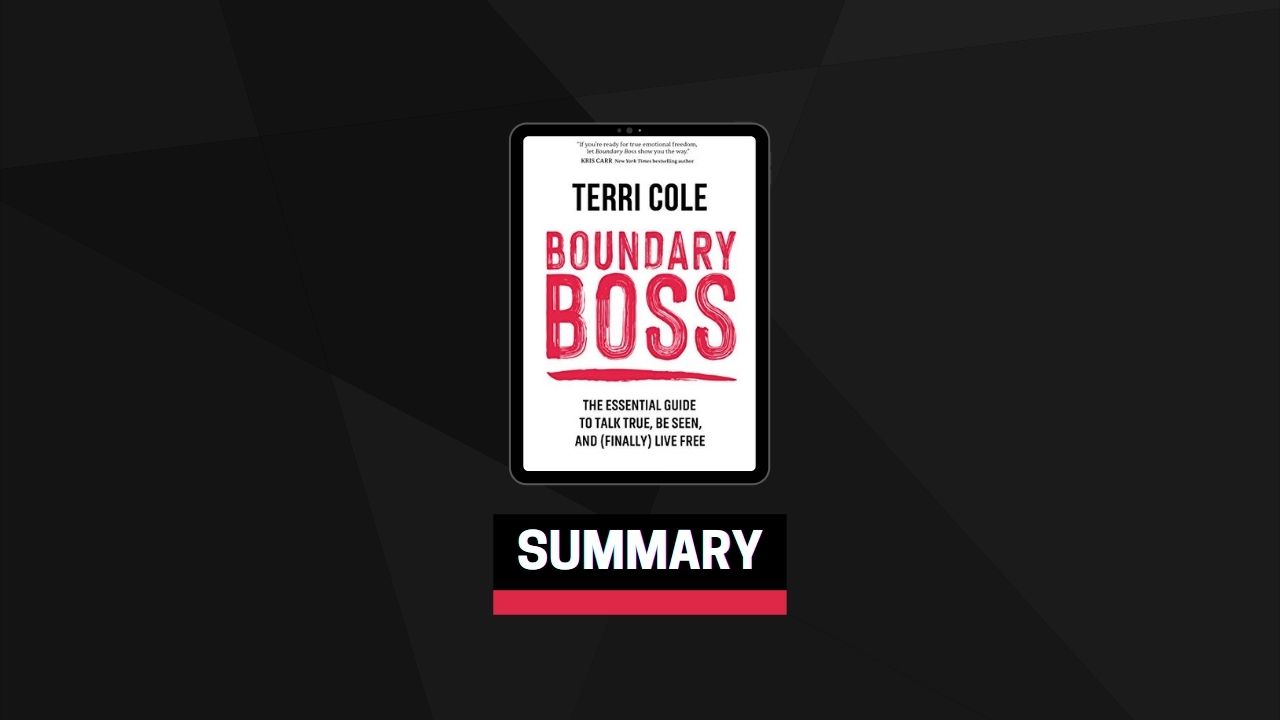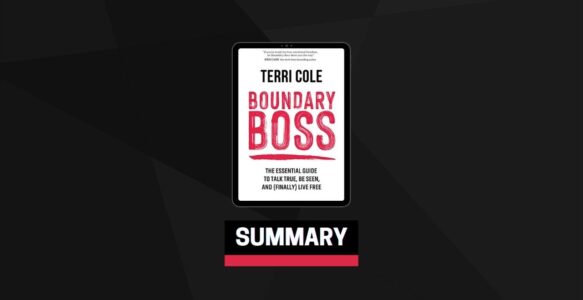Personal Boundaries 101
Let’s start by covering the basics of personal boundaries, so you can better understand why they matter every damn day. Visualize a house with a tall fence around it with signs that read “Keep Out” and “Violators Will Be Prosecuted.” We all understand that fence as a clear boundary. The signage spells out specific consequences for crossing the line.
Even though the underlying mechanism is the same, personal boundaries are more complicated than that fence. We can’t simply hang up signs and expect others to respect them. Personal boundaries are invisible and therefore need to be established with words (often repeated) and actions. Personal boundaries are also unique to each individual, informed by childhood experiences, cultural norms, gender roles, and an array of other factors. There’s no one-and-done action (like nailing up a sign) that covers everything.
Using the 3Rs
Learning to employ the Recognize-Release-Respond strategy will help you navigate conflict, express yourself with self-assurance, and establish new neural pathways to boot. This is one of the BB strategies that builds the foundation for a life that resonates with your desires.
Recognize. What’s not working for you? How do you feel in your body? Are you reminded of a historical situation, and is that contributing to the sensations in your body? Focus on you and your feelings, instead of judging and making the other person wrong or bad. This is about increasing your self-knowledge and understanding what is good for you—and what’s not. Listening to your body can prompt you to get curious about your experience and also to interrupt your normal way of operating, which creates the opening for something better.
Release. Be brave and willing to step out of your comfort zone. Find and release the physical feeling by breathing deeply into that spot until it expands. Let go of what’s familiar, whether a limiting belief or an old behavioral pattern. Identify any transference, or Repeating Boundary Pattern. Remember that now is not then. Tell yourself, “That’s just old stuff,” and let it go so that you can be in a more thoughtful and strategic mindset.
Respond. Choose to speak and act from a more mindful and conscious place. Make a simple request. State your preference, desire, or deal-breaker. Take a new action.
Creating Your Proactive Boundary Plan
Whether you’re dealing with a First-Timer or a Repeat Offender, your job is to stay dialed in to your own feelings and goals. Remember, when you introduce new moves to any boundary dance, your dance partner is going to notice. Some will be grateful for the new instructions, and some won’t. Don’t let your decisions get derailed by your fear of the other person’s response. This point is vital for your success.
Now, let’s look at the steps in crafting your Proactive Boundary Plan.
Step One: Be Specific About Your Boundary.
Get clear about your desired boundary. It is not enough to want things to be different. If you find yourself wishing that a loved one was more “sensitive,” challenge yourself to get more specific. Perhaps what you really want is a specific acknowledgment.
For example, instead of complaining to your partner that you both “need to be better with money,” make a specific suggestion that you both agree to not make any purchases over a designated amount without consulting the other.
Specificity creates a much higher probability of being understood and potentially getting your needs met, and so it’s mandatory to internally clarify what you want in specific terms.
Step Two: Take Stock of Yourself.
Get introspective about any unconscious material (yours) that might still be charged and fueling the bad boundary. Use the 3Qs tool.
The 3Qs tool is a tried-and-true strategy to quickly uncover when the past is negatively impacting the present. It is super simple.
Bring to mind a conflict that seems like a repetition or a familiar, unsatisfying situation and ask yourself:
- Who does this person or situation remind me of?
- Where have I felt like this before?
- How is this behavioral or situational dynamic familiar to me?
The 3Qs quickly clue you in to any transference-related reactions that might be clouding your ability to see the situation clearly. Making the unconscious conscious frees you to make a boundary request based on the facts of the current situation, unmuddied by unresolved historical injuries.
Step Three: Visualize the Empowered Outcome.
Visualize how you want your boundary conversation to go. It’s crucial that you step out of fear. Focus on the good stuff. It’s awesome to be seen and heard. It’s wonderful to have the courage to stand up for being authentically known.
Visualization is a tried-and-true technique, used by top-level athletes to enhance their performance outcomes. This psychological prep work creates the optimal conditions, internally and externally, to successfully make the boundary request. Since we only have control over ourselves, speaking up and clearly asserting our desired boundaries is the goal. The other person’s response will reveal what they are willing or capable of doing. For example, if someone is unwilling to compromise, uninterested in the way you feel, or offended that you had the nerve to assert yourself, you will have the opportunity to respond appropriately and perhaps rethink the relationship.
Your feelings and expectations powerfully influence your desired outcomes. The secret to creating what you want, whether a successful boundary request or anything else, is visualizing and feeling the feelings of having it. This involves using all of your senses while visualizing: sight, smell, taste, touch, and hearing.
Step Four: Use Direct Language.
Create a script using concise, direct, and appropriate language. Depending on the situation, your goal is to inform the other person of your preference, desire, request, or limit, and in some cases, your deal-breakers.
For example, you might say, “I’d like to make a simple request that when you borrow the car, you bring it back full instead of empty.” Or “I wanted to bring it to your attention that your texting throughout our family meeting today was distracting to me. I’d like to request that at next week’s meeting you abide by our agreed-upon rules and leave your phone in your room.”
You do not have to give context when making a request or setting a boundary (you were distracted, which was distracting). However, in some cases, extra information can help the other person better understand where you’re coming from (wanting to keep agreements and all be present for the meeting).
Be careful, though, that in offering up extra info, you’re providing context and not attempting to convince them of your right to institute a boundary. You do not need to convince anyone of that (except yourself, and here’s your friendly reminder: it’s your right to talk true). Giving context is simply adding a layer of information to help the other person better understand you and your boundary request.
Step Five: Express Gratitude.
Recognition and gratitude are essential to the success of your Proactive Boundary Plan. Positive reinforcement of new behaviors increases the likelihood that they will continue. A simple statement, such as this one, can increase the goodwill between you: “I appreciate you checking with me before committing to plans with Betty. Your consideration really makes me feel seen and loved. Thank you.” The more goodwill, the more appreciated both people feel, the more flexible and durable the relationship becomes.
Call To Action
The ripple effect of being real and living from your heart’s truest desire is more profound than you can even imagine.
Give yourself permission to do things differently, to change your mind, to say no, to laugh, to sing, to smile, to dare, to simply be. Most importantly, be the one who makes decisions for you.
You got this, Boundary Boss.


